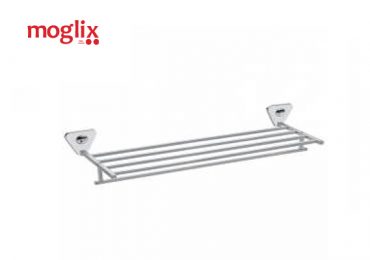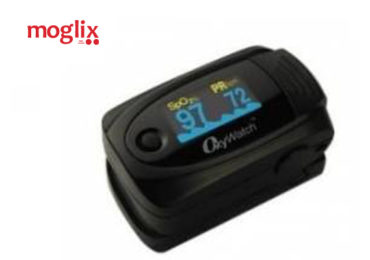The UK government have been set a target of obtaining 15% of the UK’s energy from renewable sources by 2020. They have already taken several measures in order to help cut down the use of traditional forms of energy (any homeowner will know that free loft insulation has been provided to help cut down on heating bills). However, even more needs to be done, which is why the Renewable Heat Incentive, otherwise known as the RHI was set-up.
The aim of the RHI is to further increase the uptake of renewable heat technologies in order to meet the targets by offering subsidiaries for those home-owners willing to invest. Currently, renewable energy technologies can’t compete financially with the traditional models, so this subsidiary is necessary to provide the incentive for change. As well as working towards the 2020 target, the RHI is also kept in-line with longer term energy and climate change goals, so it will continue to contribute positively to the environment even once the main deadline has passed.
How to get involved
The domestic version of the scheme is set to come into play officially in Spring 2014, and is to be administered officially by Ofgem, although guidance as to how to apply for a grant from the Incentive will be made available before then. It is set to be open to almost any home-owner, such as private occupiers, private landlords, providers of social housing and even third-party owners of heating systems. The only properties not eligible will be projects that are considered new-build (with self-build being the exception).
What will the scheme offer?
The scheme will offer support for four main areas of energy creation: air source heat pumps, biomass, ground source heat pumps and solar/thermal, with the support tariffs varying according to the individual technology. (In order (p/kWh): 7.3, 12.2, 18.8 and 19.2). This financial incentive will be provided alongside an additional payment for applicants who have relevant metering and monitoring services. These will total £230 per year for heat pumps and £200 for biomass boilers.
Can I apply?
There are some other specific requirements that must be met for inclusion into the scheme. Any systems must be certified under the Micro-generation Certification Scheme, as well as meeting the unique relevant standards for the specific technology. These will include limits on harmful emissions for biomass systems.
Applicants are also required to complete a Green Deal Assessment (a GDA) before they apply, as well as ensuring they the property already meets the required minimum energy efficiency requirements (usually including cavity insulation and loft insulation).
Tariffs for the scheme will change annually in order to keep the property in-line with the Retail Price Index (the RPI). The DECC have also announced that they intend to control the costs of the scheme through a system of regression, with the tariffs for new applications reducing over time. However, those who’ve already secured their tariff will not see it reduced. As well as cost control, the government are hoping that this will encourage early take-up when the scheme comes into effect. Further details on cost control will be announced during the autumn of 2013.
About Author :
Gabriella Johnson is a marketing manager at Innasol, Europe’s leading supplier of biomass heating solutions and air source heat pumps. She and the rest of the team are currently working to spread awareness of the RHI in the UK.








